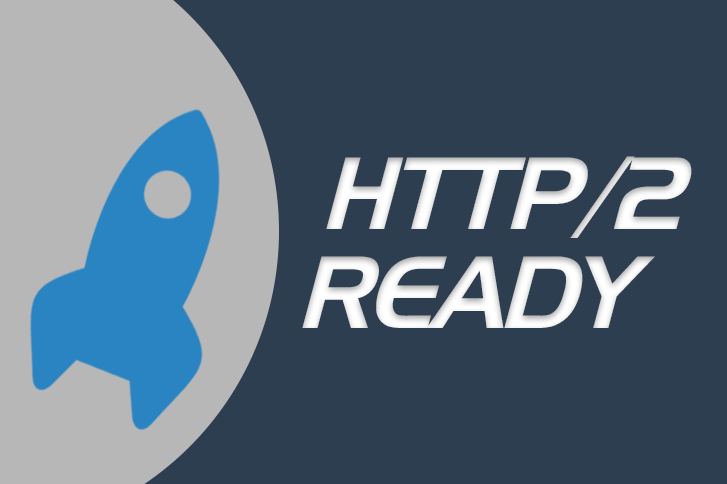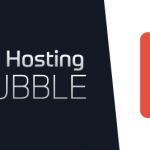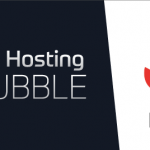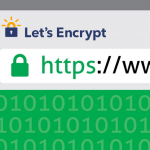
Posted on March 10th, 2017 by Barnaby Puttick
We have now finished implementing HTTP/2 on all of our latest shared hosting servers. We have spent several months testing and planning for this significant upgrade.
What is HTTP/2?
HTTP/2 is the next generation of the HTTP protocol that was based on Google’s SPDY Protocol. Its predecessor HTTP/1.1 has served the web well for over 15 years, but as websites have changed somewhat over the last decade it was time to revise HTTP to fit with modern more demanding websites.
Key improvements
- Binary, instead of textual – binary protocols are more efficient to parse, more compact “on the wire”, and most importantly, they are much less error-prone.
- Fully multiplexed, instead of ordered and blocking – allows a client to load multiple resources in parallel with just one connection per origin to load a page rather than a connection per resource (images, css, javascript, etc).
- Header compression to reduce overhead – using HPACK, a header-specific compression instead of GZIP, was created to overcome vulnerabilities and provide a more steamed line approach.
- Server Push – allowing web developers to preempt required resources to be sent to the browser’s cache before the page is parsed for required resources, significantly improving round trip times.
How can I enable HTTP/2 for my site?
HTTP/2 enabled servers automatically use HTTP/2 instead of HTTP/1.1 when the website has an SSL Certificate in place.
So if you are using our Shared Hosting services and your site is already secured with SSL you will already be benefitting from HTTP/2; if you don’t have an SSL certificate yet it is very easy to enable SSL via our free Let’s Encrypt SSL offering and in turn take advantage of the faster and more secure HTTP/2 Protocol.
If you would like to know more about the HTTP/2 standard then please get in touch with us.







